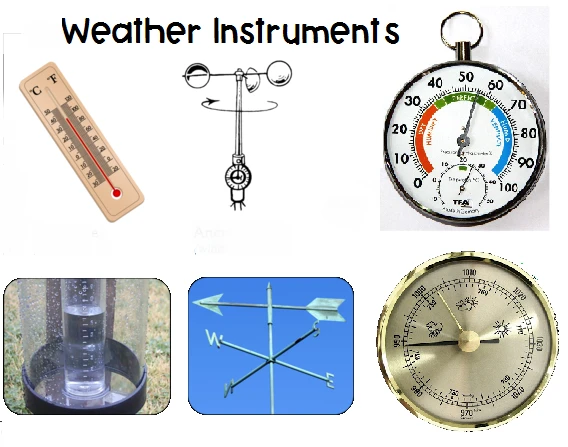Weather Gauges Instruments: Essential Tools for Accurate Meteorological Measurements

# Weather Gauges Instruments: Essential Tools for Accurate Meteorological Measurements
## Introduction to Weather Gauges
Weather gauges are specialized instruments designed to measure various atmospheric conditions. These tools play a crucial role in meteorology, agriculture, aviation, and many other fields where accurate weather data is essential. From simple rain gauges to sophisticated digital weather stations, these instruments help us understand and predict weather patterns with increasing precision.
## Common Types of Weather Gauges
### 1. Thermometers
Thermometers measure air temperature, one of the most fundamental weather parameters. Modern digital thermometers provide highly accurate readings, while traditional mercury or alcohol thermometers remain reliable options.
### 2. Barometers
Barometers measure atmospheric pressure, which is crucial for weather forecasting. Mercury barometers were historically used, but today’s aneroid and digital barometers are more common due to their portability and safety.
### 3. Hygrometers
These instruments measure humidity levels in the air. Psychrometers (wet-and-dry bulb thermometers) and capacitive hygrometers are among the most accurate types available.
### 4. Anemometers
Anemometers measure wind speed. Cup anemometers are the most recognizable type, while ultrasonic and hot-wire anemometers offer high precision for specialized applications.
### 5. Rain Gauges
Simple yet essential, rain gauges measure precipitation amounts. Standard cylindrical gauges provide basic measurements, while tipping bucket rain gauges offer automated recording capabilities.
## Advanced Weather Measurement Systems
Modern weather stations combine multiple instruments into integrated systems that can measure and record various parameters simultaneously. These systems often include:
– Solar radiation sensors
– UV index monitors
– Soil moisture probes
– Leaf wetness sensors
– Data loggers for continuous recording
## Importance of Proper Instrument Placement
For accurate measurements, weather gauges must be properly installed:
– Thermometers should be placed in shaded, ventilated areas
– Rain gauges need to be positioned away from obstructions
– Anemometers should be mounted at standard heights (typically 10 meters above ground)
– All instruments should be regularly calibrated and maintained
## Applications of Weather Gauges
Weather instruments serve numerous purposes:
– Agricultural planning and irrigation management
– Aviation weather monitoring
– Climate change research
– Construction site safety
– Outdoor event planning
– Scientific research and education
## Choosing the Right Weather Instruments
When selecting weather gauges, consider:
– Measurement accuracy requirements
– Durability and weather resistance
– Maintenance needs
– Data recording capabilities
– Budget constraints
– Specific application needs
## The Future of Weather Measurement
Technological advancements continue to improve weather instruments:
– Wireless connectivity for remote monitoring
– Improved sensor accuracy and longevity
– Integration with smartphone apps and cloud services
– Miniaturization for portable applications
– AI-assisted data analysis
Weather gauges remain indispensable tools for understanding our atmosphere and preparing for weather-related challenges. As technology evolves, these instruments will continue to provide increasingly precise and valuable data for professionals and enthusiasts alike.
Keyword: weather gauges instruments
Leave A Comment